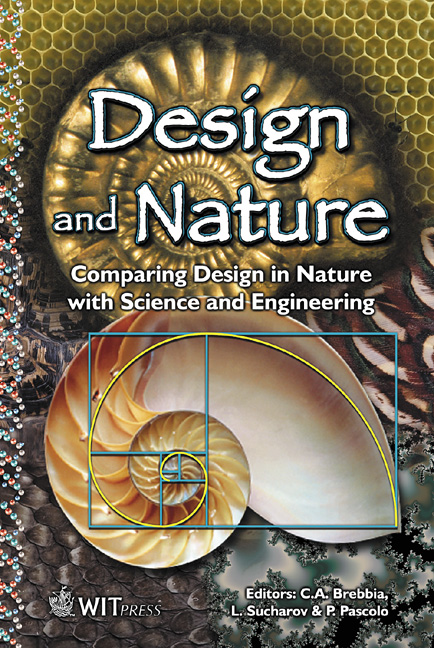Validation Of The Finite Vortex Model By Analyzing Unsteady Aerodynamic Experiments
Price
Free (open access)
Transaction
Volume
57
Pages
Published
2002
Size
532 kb
Paper DOI
10.2495/DN020301
Copyright
WIT Press
Author(s)
R. Liebe
Abstract
Validation of the finite vortex model by analyzing unsteady aerodynamic experiments R.Liebe, Siemens Power Generation, Miilheim a.d.R., Germany Abstract Human flight relies on high velocities, fixed airfoils (AF) and steady aerodyna- mics with PRANDTL's lifting line theory for calculation of lift. Contrary to this, nature exploits unsteady aerodynamics /vortex dynamics to generate high levels of lift /thrust, which cannot be explained up to now. First a review is given of unsteady aerodynamics literature since 1904, focussing on experimental findings. The current situation is outlined with unsteady physical models, discrepancies between theory and experiment as well as several open questions. Secondly the "Finite Vortex Model"(FVM) is briefly outlined (introduction 1963, latest extensions 2000); application of this model covers the analysis of several series of experiments with oscillating AFs in air and water. Perfor- mance prediction is surprisingly good (circulation, forces, power requirements and momentum etc.).After successful FVM-validation, the finite vortex (FV) size is shown to play a key role; plots are given, showing its variation with amplitude, Strouhal- and Reynolds-number. Finally the application of the FVM is demonstrated with thrust-/drag- and power requirement-curves over a wide performance range of a pitching AF in water (2-24 Hz, 10" - 30" amplitude). Conclusions summarize FVM-capabilities, open points and future work. Applications are concerning engineering (turbomachinery etc.) and design in nature (bionics). 1 Introduction Historical success of aeronautics /steady aerodynamics (LILIENTHAL, WRIGHT, PRANDTL, LANCHESTER, von KARMAN et al.) is based on con- cepts as the "Lifting line theory" (191 l), "Boundary layer theory"( 1904) and the "Trailing edge condition"( 19 10, KUTTA-JOUKOWSKI). This success - see the excellent papers [11 [2] [3] - did "suppress" early attempts to describe oscillating airfoils with macro-vortex-dynamics, which control unsteady aerodynamics [4], [5] [6].Well known tests of KNOLLER, BETZ [7], KATZMAYR (1922) and the
Keywords





